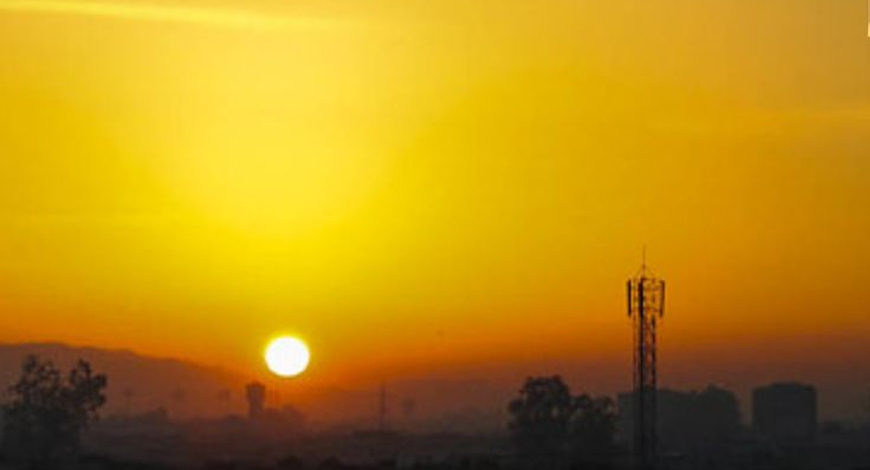
The temperature in Punjab is continuously increasing. It has increased by about 2 degrees in the last 3 days. This increase will continue in the coming days and there is no forecast of rain. Western Disturbances are active, but their impact will not be seen in Punjab. Due to less rainfall in North India last year and this year, the water level in the dams has decreased, which is a matter of concern.
Due to less rainfall in North India last and this year, the water level in the dams has decreased, which is a matter of concern. According to the Meteorological Department, Punjab should have received 26.2 mm of rain from January 1 till now, but till now only 8.8 mm of rain has occurred, which is 66 percent less.
Similarly, Himachal Pradesh has received 73 percent less rainfall. Due to which the water level in the major dams of Punjab and Himachal Pradesh has been recorded much lower this year than last year.
This drop in water level in Ranjit Sagar Dam, Bhakra Dam and Pong Dam has created a serious crisis situation for irrigation and power generation.
Punjab, Haryana and Rajasthan are highly dependent on the water of the above dams for irrigation and power generation. There is a lot of pressure on hydropower generation in Punjab, especially in summer. The Bhakra Beas Management Board (BBMB) had last month advised member states (Punjab, Haryana, Rajasthan, Himachal Pradesh, Delhi, Chandigarh) to be cautious while estimating water demand. Rainfall and snowfall in Himachal Pradesh and adjoining areas of Tibet are very important for the flow of water in the reservoirs.
Falling water level becomes a matter of concern
The total capacity of the four major reservoirs monitored by the Central Water Commission is 14.819 billion cubic metres (BCM). Currently, only 3.826 BCM of water is available in them, which is 25.8 per cent of the total reserve capacity. While in the same period last year, this figure was 6.357 BCM (42.9 per cent). The normal reserve level of these reservoirs should be 6.840 BCM.
